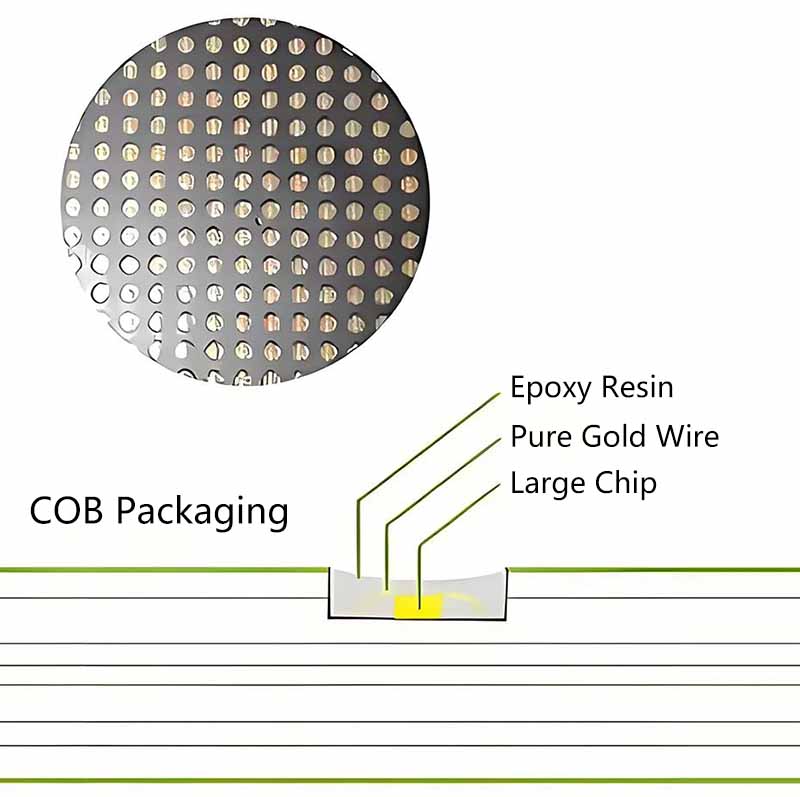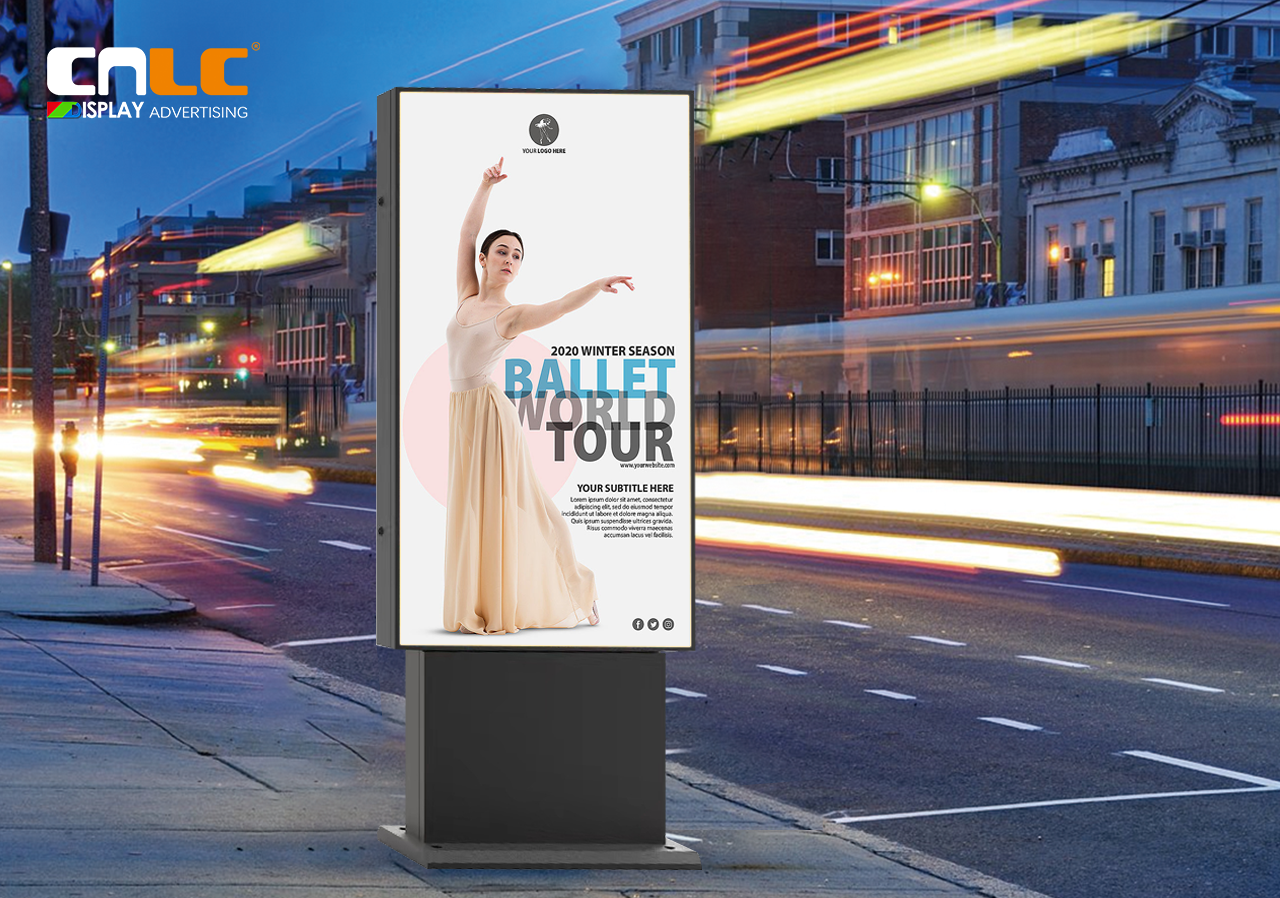what are you looking for?
 A 3-Minute Guide to Gold and Copper Wire Bonding in LED Displays
A 3-Minute Guide to Gold and Copper Wire Bonding in LED Displays
 Digital Advertising Trend, Mupi Screen Boosts Your Ads with High Exposure and Doubled Effect
Digital Advertising Trend, Mupi Screen Boosts Your Ads with High Exposure and Doubled Effect

 Tel : +86 18688410533
Tel : +86 18688410533 Email : info@cnlcdisplay.com
Email : info@cnlcdisplay.com STAY CONNECTED Get our news, offers, and more...
STAY CONNECTED Get our news, offers, and more...









